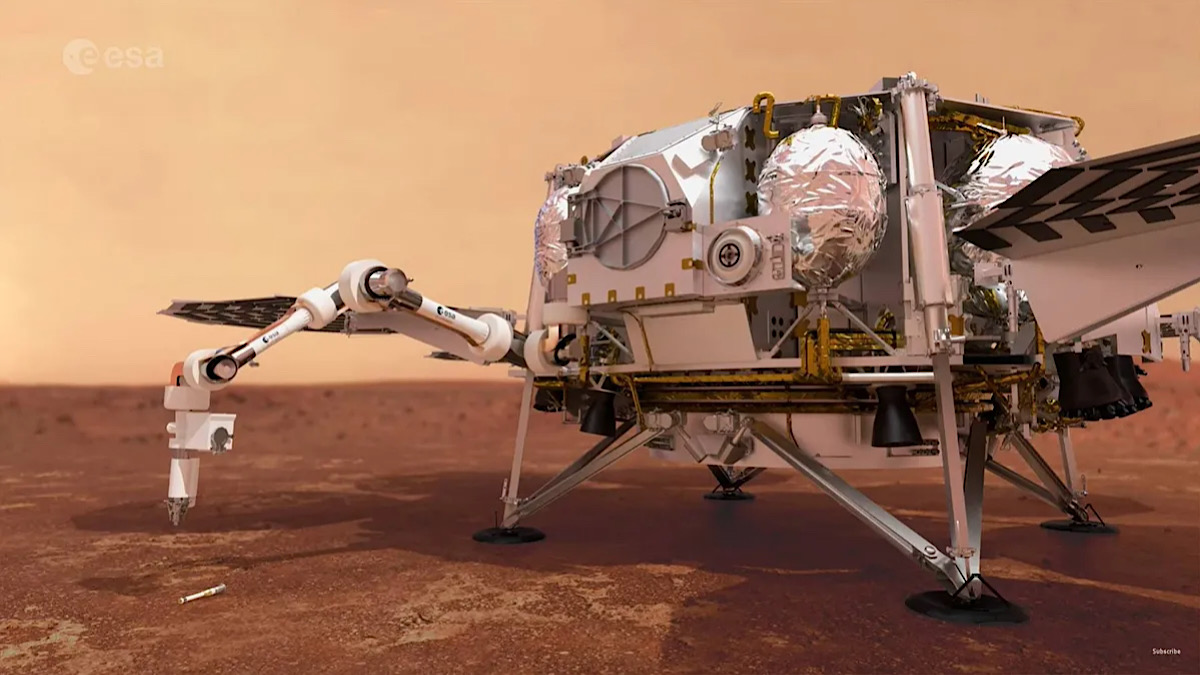NASA is investigating brain-training technology to help future astronauts adapt to life on the moon and Mars, according to a recent report by KXAN News.
The space agency is partnering with technology company Posit Science to test the effectiveness of their cognitive training program, which aims to improve memory, attention, and processing speed. The program includes a series of games and exercises designed to challenge and strengthen the brain.
Dr. Stephanie Mathews, a researcher at NASA’s Johnson Space Center, said the brain-training technology could be especially useful for astronauts living in isolation for long periods of time. “We know that there are certain cognitive challenges that come along with isolation and confinement,” she said. “So, by having a program like this that can help keep their brain functioning at its best, it can really help with their overall well-being and their success on these missions.”
Posit Science CEO Dr. Henry Mahncke said the company’s cognitive training program has already been shown to be effective in improving brain function in other populations, such as older adults. “We’re really excited about the potential for this technology to help astronauts perform at their best and stay healthy and happy during these long-duration missions,” he said.
The brain-training technology is still in the testing phase, but if successful, it could be used to help prepare future astronauts for the challenges of living and working in space. “We’re really interested in making sure that our astronauts are performing at their best, and that they’re healthy and happy throughout the mission,” said Dr. Mathews.
NASA has plans to return astronauts to the moon by 2024 through its Artemis program, and aims to eventually establish a permanent presence on the lunar surface. The agency also has long-term goals of sending humans to Mars in the 2030s.
Via The Impactlab












